Home>Garden Essentials>What Is The Best Ground Cover Under A Fruit Tree
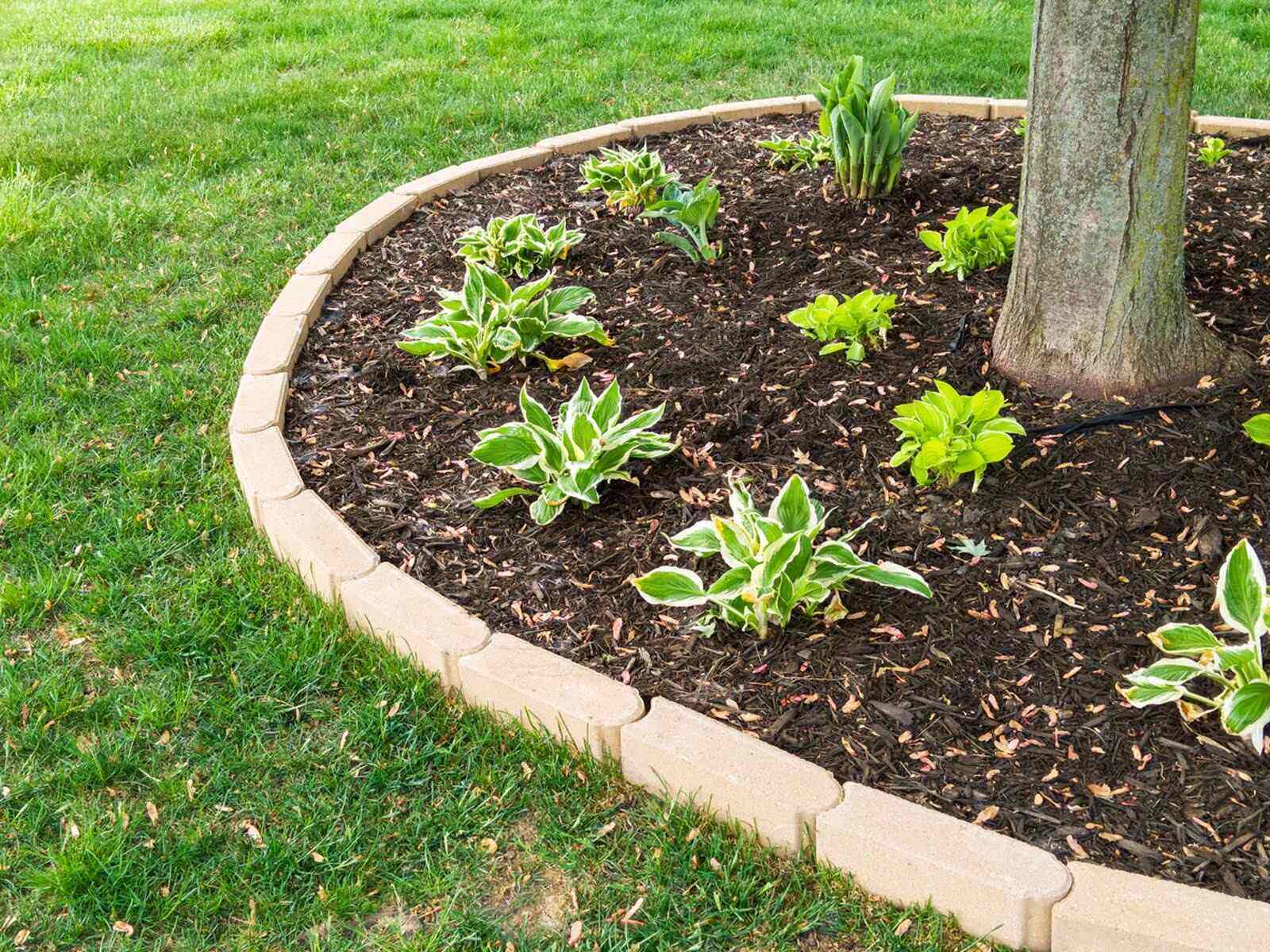

Garden Essentials
What Is The Best Ground Cover Under A Fruit Tree
Modified: October 20, 2024
Looking to find the best ground cover options for your fruit tree garden? Discover effective garden ground covers to protect and enhance the growth of your fruit trees.
(Many of the links in this article redirect to a specific reviewed product. Your purchase of these products through affiliate links helps to generate commission for Storables.com, at no extra cost. Learn more)
Introduction
When it comes to growing fruit trees, many gardeners focus on the care and cultivation of the tree itself. However, equally important is the ground cover that surrounds the tree. Choosing the right ground cover can not only enhance the beauty of your fruit tree but also provide numerous benefits such as weed control, moisture retention, and soil protection.
But with so many options available, how do you determine the best ground cover for your fruit tree? Factors such as climate, soil type, tree species, and personal preferences all play a role in making this decision. In this article, we will explore various ground cover options and discuss their pros and cons, enabling you to make an informed choice for your fruit tree.
Key Takeaways:
- Choose the best ground cover for your fruit trees based on climate, soil type, and tree species. Options like straw, wood chips, living ground covers, and compost offer various benefits for tree health and garden aesthetics.
- Consider low-maintenance options like grass or pine needles for a traditional look, or opt for functional choices like perennial herbs to add flavor to your garden while suppressing weeds and protecting your fruit trees.
Read more: What To Plant For Ground Cover Under Trees
Factors to Consider for Fruit Tree Ground Covers
Before delving into specific ground cover options, it’s important to consider several factors that will influence your choice. Here are some key considerations to keep in mind:
- Climate: Different ground cover plants thrive in different climates. Consider the temperature range, rainfall patterns, and overall weather conditions of your area when selecting a ground cover.
- Soil Type: Each type of fruit tree has specific soil preferences. Take into account the pH level, texture, and nutrient content of your soil. Certain ground covers may improve soil fertility and drainage, while others may struggle in specific soil conditions.
- Tree Species: Not all ground covers are suitable for every fruit tree species. Consider the size, root structure, and growth habits of your specific tree when selecting a ground cover. Some ground covers may compete with the tree’s root system, while others may provide beneficial symbiotic relationships.
- Water Needs: Evaluate the water requirements of both the fruit tree and potential ground covers. Some ground covers are drought-tolerant and require less water, while others may have higher water demands. Matching the water needs of the tree and ground cover can lead to better overall plant health.
- Maintenance: Consider the level of effort required to maintain the ground cover. Some options may require regular mowing, weeding, or pruning, while others are more low-maintenance. Assess your available time and resources for upkeep.
By taking these factors into account, you can narrow down the options and select a ground cover that will be the most suitable for your fruit tree and garden conditions. Now, let’s explore some popular ground cover choices for fruit trees and their respective benefits.
Straw or Hay
Straw or hay is a popular and cost-effective ground cover option for fruit trees. It provides excellent insulation, moisture retention, and weed suppression. When laid around the base of the tree, straw or hay acts as a natural mulch, preventing the growth of unwanted plants while preserving soil moisture.
Straw and hay also help regulate soil temperature, protecting the tree’s roots from extreme heat or cold. In addition, as the organic material breaks down over time, it adds nutrients to the soil, promoting healthy tree growth.
To use straw or hay as a ground cover, spread a layer of about 2-4 inches thick around the base of the tree, avoiding direct contact with the trunk. Be sure to replenish the layer annually as it decomposes.
One of the advantages of using straw or hay is its affordability and accessibility. It can be easily obtained from local farm supply stores or garden centers. However, keep in mind that hay may contain weed seeds, so be diligent in monitoring and removing any unwanted growth.
Overall, straw or hay can be a practical and effective ground cover option for fruit trees, providing insulation, moisture retention, and weed control.
Wood Chips or Mulch
Wood chips or mulch is another popular choice for ground cover under fruit trees. It offers numerous benefits, including weed prevention, soil moisture conservation, and soil temperature regulation.
Wood chips or mulch create a barrier that helps suppress weed growth by blocking sunlight and preventing weed seeds from germinating. This reduces the competition for nutrients and water, allowing the fruit tree to thrive.
Additionally, wood chips or mulch act as an effective insulator, keeping the soil temperature more stable and protecting the tree’s roots from extreme weather conditions, such as scorching heat or freezing cold. This helps promote healthy root development and overall tree growth.
Furthermore, wood chips or mulch retain moisture in the soil by reducing evaporation, which is especially beneficial in dry or arid climates. The layer of mulch also helps prevent erosion and improves soil structure over time as it breaks down and adds organic matter.
When using wood chips or mulch as a ground cover, apply a layer that is about 3-4 inches thick around the base of the tree, leaving some space around the trunk to prevent moisture accumulation and potential rot. Make sure not to pile the mulch against the trunk, as this can create a favorable environment for pests and rot.
Wood chips or mulch can be obtained from tree trimming companies or purchased from garden centers. It is important to choose organic, untreated wood chips to avoid introducing chemicals or pests to your garden.
In summary, wood chips or mulch provide an effective and aesthetically pleasing ground cover for fruit trees, offering weed control, moisture retention, and temperature regulation.
Living Ground Covers
Using living ground covers around fruit trees is an alternative and eco-friendly option that can provide both functional and aesthetic benefits. Living ground covers are low-growing plants that create a carpet-like cover around the base of the tree.
One popular living ground cover option is creeping thyme. This herb not only adds beauty to the garden with its aromatic foliage and colorful flowers but also acts as a natural weed suppressant. Creeping thyme requires minimal maintenance and is drought-tolerant, making it suitable for low-water environments.
Another excellent choice for a living ground cover is clover. Clover is a nitrogen-fixing plant, meaning it can pull nitrogen from the air and convert it into a beneficial form for plant growth. This helps nourish the fruit tree and reduces the need for additional fertilization.
Additionally, clover improves soil structure by adding organic matter and enhancing moisture retention. It attracts pollinators, such as bees, which can enhance fruit tree pollination and overall productivity.
When selecting a living ground cover, consider its growth habit and compatibility with the fruit tree. Choose low-growing varieties that won’t compete with the tree’s roots or hinder its growth.
To establish a living ground cover, plant the desired species around the base of the tree, ensuring adequate spacing. Provide regular watering until the plants are established, and apply a layer of compost or organic matter to enrich the soil.
Living ground covers require occasional trimming or mowing to maintain their shape and prevent them from overshadowing the fruit tree. However, this maintenance task is minimal compared to traditional lawn care.
In summary, living ground covers offer a sustainable and visually appealing option for fruit tree ground covers. They provide weed suppression, improve soil fertility, and attract beneficial insects, contributing to the overall health and beauty of the garden.
Read more: What Ground Cover Grows Under Pine Trees
Perennial Herbs
Perennial herbs are not only flavorful additions to your garden but can also serve as a functional ground cover option for fruit trees. These herbs not only provide aromatic foliage and culinary benefits but also offer a range of advantages for fruit tree health.
One popular perennial herb for ground cover is oregano. Oregano is a hardy and low-growing herb that can spread and create a dense cover around the base of the tree. It has antimicrobial properties that can deter pests and diseases, protecting the fruit tree from potential harm.
Another useful perennial herb is thyme. Thyme not only adds a pleasant fragrance to the garden but also acts as a natural weed suppressor. Its dense growth habit helps prevent the growth of unwanted plants, reducing competition for nutrients and water around the fruit tree.
Other perennial herbs such as mint, chives, and lemon balm can also be considered as ground cover options. They can provide similar benefits such as suppressing weeds, attracting beneficial insects, and adding visual interest to the garden.
When using perennial herbs as a ground cover, ensure that they are compatible with the fruit tree’s requirements. Some herbs may have spreading tendencies or invasive roots that can interfere with the tree’s growth, so regular monitoring and maintenance are necessary.
Plant the perennial herbs around the base of the tree, allowing sufficient space for the tree’s roots to grow without competition. Water the herbs regularly until they are established, and consider applying a layer of organic mulch or compost to nourish the soil.
Harvesting and trimming the herbs regularly will help maintain their growth and prevent them from overshadowing the fruit tree. Additionally, you can enjoy the culinary benefits of these herbs in your kitchen.
To summarize, perennial herbs not only provide flavor and aroma to your garden but also serve as functional ground covers for fruit trees. Their weed-suppressing properties, pest-deterrent characteristics, and visual appeal make them an excellent choice for a sustainable and beneficial ground cover option.
Consider planting low-maintenance ground covers like clover, thyme, or strawberries under fruit trees. These plants help suppress weeds, retain moisture, and add nutrients to the soil.
Clover
Clover is a versatile and beneficial ground cover option for fruit trees. It is a low-growing plant that offers several advantages for both the tree and the garden ecosystem.
One of the key benefits of using clover as a ground cover is its ability to fix nitrogen in the soil. Clover has a symbiotic relationship with nitrogen-fixing bacteria, enabling it to draw nitrogen from the air and convert it into a form that is usable by plants. This natural fertilization process helps to enrich the soil and provide essential nutrients to the fruit tree.
Clover also helps to suppress weed growth around the fruit tree. Its dense foliage and vigorous growth create a living mulch that prevents weeds from taking hold and competing with the tree for water and nutrients. This reduces the need for manual weeding and helps to maintain a tidy and weed-free environment.
Furthermore, clover has the ability to attract beneficial insects to the garden. Its flowers are a source of nectar for bees and other pollinators, which can improve the pollination process and increase fruit production. By incorporating clover as a ground cover, you are creating a welcoming habitat for these essential garden allies.
Clover is also a drought-tolerant plant, capable of withstanding periods of dry weather. Its deep-rooted system helps to retain moisture in the soil and reduce water evaporation, promoting healthier and more resilient growth for the fruit tree.
Establishing clover as a ground cover is relatively simple. You can sow clover seeds directly into the soil around the base of the fruit tree, ensuring good seed-to-soil contact. Water the area well after sowing to promote germination and provide occasional supplemental watering if needed during the establishment phase.
To maintain clover as a ground cover, avoid mowing or cutting it too short, as this can hinder its nitrogen-fixing capabilities. Instead, allow the clover to grow and flower, providing a beautiful and functional ground cover for your fruit tree.
In summary, clover is a versatile and beneficial ground cover option for fruit trees. Its nitrogen-fixing abilities, weed-suppressing nature, and attraction of beneficial insects make it a valuable addition to any garden.
Grass
Grass is a common ground cover option that can be used under fruit trees, providing a clean and traditional look to the garden. While grass may not offer the same benefits as other ground covers in terms of soil health and water conservation, it can still be a practical choice depending on your needs and preferences.
One advantage of using grass as a ground cover is its ease of maintenance. Grass requires regular mowing to keep it at a desirable height, but it can help create a neat and organized appearance in the garden. Additionally, grass can withstand foot traffic better than some other ground covers, making it suitable for areas where people may walk or children may play.
However, there are a few considerations to keep in mind when using grass as a ground cover for fruit trees. First, it is important to choose grass varieties that are compatible with the shade and moisture conditions of the specific fruit tree. Some grass species, such as fine fescue or shade-tolerant blends, are better suited for areas with limited sun exposure.
Another aspect to consider is the water requirements of the grass. Grass generally needs more frequent watering compared to other ground covers, so if water conservation is a concern, using grass may not be the most efficient option. However, using a smart irrigation system and drought-tolerant grass varieties can help minimize water usage.
To establish grass as a ground cover, prepare the soil by removing any existing weeds or debris. Level the area and sow the grass seeds according to the instructions provided. Water the newly sown seeds thoroughly and continue to water as needed for germination and establishment.
Maintaining grass as a ground cover requires regular mowing to keep it at the desired height, usually around 2-3 inches. Additionally, fertilizing and watering the grass according to its specific requirements will help maintain its health and appearance.
In summary, grass can be a practical and visually appealing ground cover option for fruit trees. While it may not offer the same soil and water benefits as other ground covers, its ease of maintenance and durability make it a suitable choice for certain garden settings.
Pine Needles
Pine needles can be an excellent natural ground cover option for fruit trees, especially in areas where pine trees are abundant. Using pine needles as a ground cover offers several advantages, including weed suppression, moisture retention, and soil protection.
One of the key benefits of pine needles is their ability to inhibit weed growth. The dense layer of pine needles acts as a natural mulch, blocking sunlight and preventing weed seeds from germinating. This helps reduce competition for nutrients and water, allowing the fruit tree to thrive without the presence of unwanted plants.
Pine needles also have great water retention properties. They help to conserve soil moisture by reducing evaporation, allowing water to penetrate the soil and reach the tree’s root system. This can be particularly beneficial in arid or drought-prone regions, where water conservation is essential for plant health.
Furthermore, pine needles provide a protective barrier for the soil. They help to regulate soil temperature, keeping it cool during hot summer months and insulating it during colder seasons. This thermal protection benefits the fruit tree’s roots and promotes healthy growth.
To use pine needles as a ground cover, simply spread a layer of needles around the base of the tree, ensuring a thickness of about 2-4 inches. Take care not to pile the needles up against the trunk to avoid moisture accumulation and potential rotting.
Pine needles are generally readily available in areas with pine trees, making them a cost-effective and sustainable option for ground cover. As they naturally break down over time, they contribute organic matter to the soil, enriching it with essential nutrients.
It’s important to note that pine needles have a slightly acidic pH, which can be beneficial for certain fruit trees that prefer acidic soil conditions, such as blueberries or cranberries. However, if your fruit tree prefers neutral or alkaline soil, it is recommended to monitor the pH levels and adjust them as needed.
In summary, using pine needles as a ground cover for fruit trees offers weed suppression, moisture retention, and soil protection. Their availability, cost-effectiveness, and ability to naturally enhance soil fertility make them a popular choice for gardeners.
Compost or Organic Matter
Using compost or organic matter as a ground cover under fruit trees can provide multiple benefits for both the tree and the soil. Compost is a nutrient-rich soil amendment that improves soil structure, enhances fertility, and provides a favorable environment for beneficial soil organisms.
One of the main advantages of using compost or organic matter as a ground cover is its ability to enrich the soil with essential nutrients. Compost contains a wide range of organic materials that break down over time, releasing nutrients that the fruit tree can readily absorb. This gradual release of nutrients helps to support long-term growth and overall plant health.
Furthermore, compost helps to improve soil structure. It enhances soil aeration, water drainage, and moisture retention, all of which are crucial for the optimal development of the fruit tree’s root system. Improved soil structure also allows for better nutrient uptake and reduces the risk of soil compaction around the tree’s roots.
In addition to its nutrient and soil structure benefits, compost acts as a natural mulch that suppresses weed growth. By spreading a layer of compost around the base of the fruit tree, you create a physical barrier that prevents weed seeds from germinating and competing with the tree for resources.
Using compost as a ground cover is relatively straightforward. Apply a layer of compost that is about 2-4 inches thick around the tree, avoiding direct contact with the trunk. Take care not to pile the compost against the trunk to prevent moisture accumulation and potential rot.
Compost can be obtained from your own compost bin or purchased from local garden centers. To maximize the nutrient content, ensure that the compost is well-aged and fully decomposed before using it as a ground cover.
In terms of maintenance, it is generally recommended to replenish the compost layer annually or as needed, as it will gradually break down over time. This ensures a continuous supply of nutrients and organic matter for the fruit tree and the surrounding soil.
In summary, using compost or organic matter as a ground cover under fruit trees provides essential nutrients, improves soil structure, suppresses weeds, and supports the overall health of the tree. It is a sustainable and beneficial option that helps create a nourishing environment for your fruit tree to thrive in.
Conclusion
Choosing the best ground cover for your fruit trees is an important decision that can greatly impact their overall health and productivity. By considering factors such as climate, soil type, tree species, water needs, and maintenance requirements, you can make an informed choice that meets the specific needs of your fruit trees and garden environment.
Straw or hay provides insulation, moisture retention, and weed control, making it a cost-effective option. Wood chips or mulch offer weed suppression, soil temperature regulation, and moisture retention, while adding aesthetic appeal to your garden. Living ground covers like creeping thyme and clover provide natural weed suppression, enhance soil fertility, and attract beneficial insects.
Perennial herbs such as oregano and thyme not only add flavor to your dishes but also suppress weeds and protect fruit trees from pests. Grass creates a neat and traditional look, requires minimal maintenance, and withstands foot traffic. Pine needles offer natural mulching, temperature regulation, and moisture retention.
Lastly, using compost or organic matter as ground cover enriches the soil with nutrients, improves soil structure, suppresses weeds, and supports long-term fruit tree health.
Ultimately, the best ground cover for your fruit trees will depend on your specific garden conditions, preferences, and goals. Consider the unique needs of your fruit trees, the benefits each ground cover offers, and your desired maintenance level when making your decision.
Remember that regular maintenance and periodic evaluation of the ground cover will ensure its continued effectiveness in supporting the health and growth of your fruit trees. By selecting the right ground cover, you can create an optimal environment for your fruit trees to flourish and yield bountiful harvests for years to come.
Frequently Asked Questions about What Is The Best Ground Cover Under A Fruit Tree
Was this page helpful?
At Storables.com, we guarantee accurate and reliable information. Our content, validated by Expert Board Contributors, is crafted following stringent Editorial Policies. We're committed to providing you with well-researched, expert-backed insights for all your informational needs.
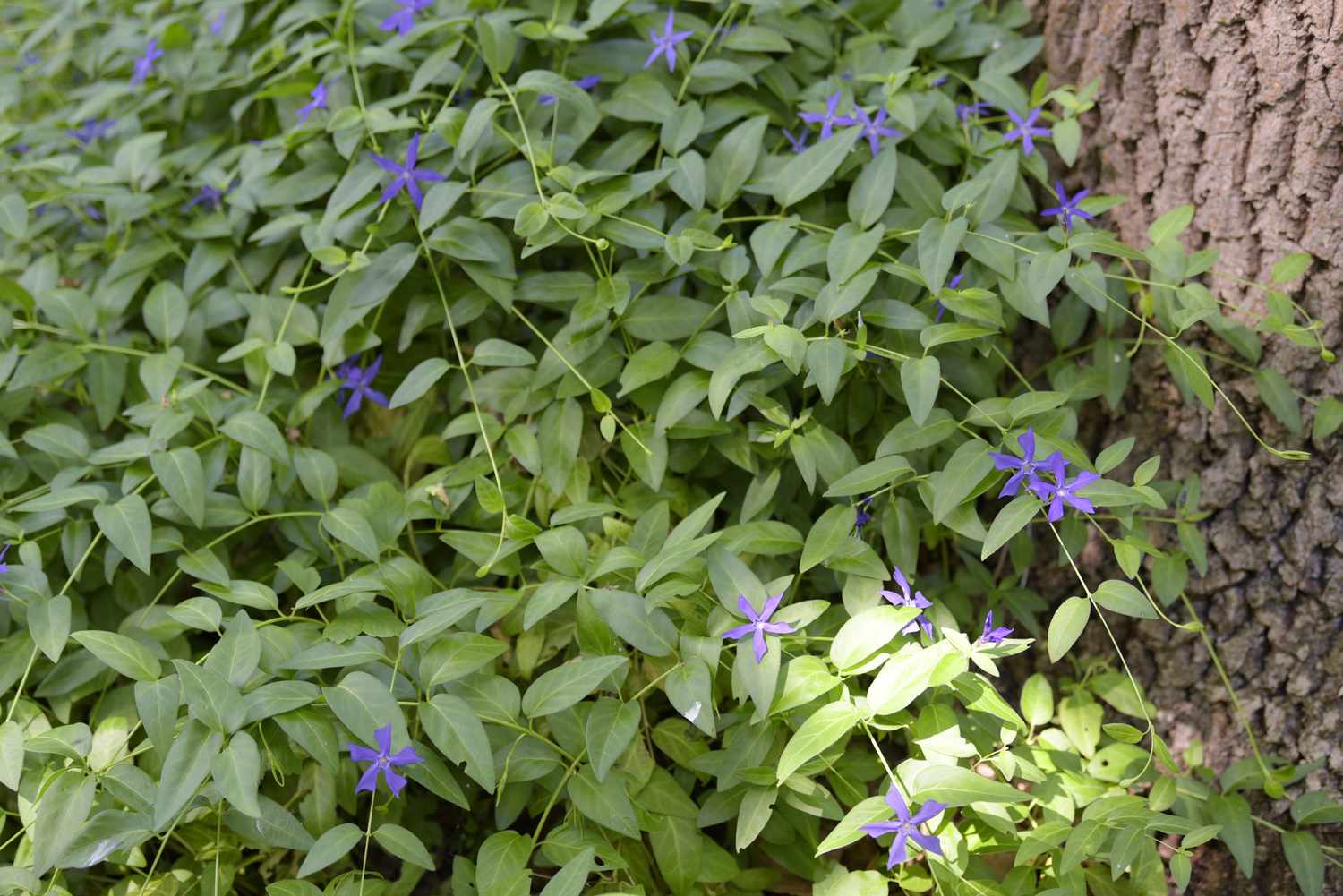

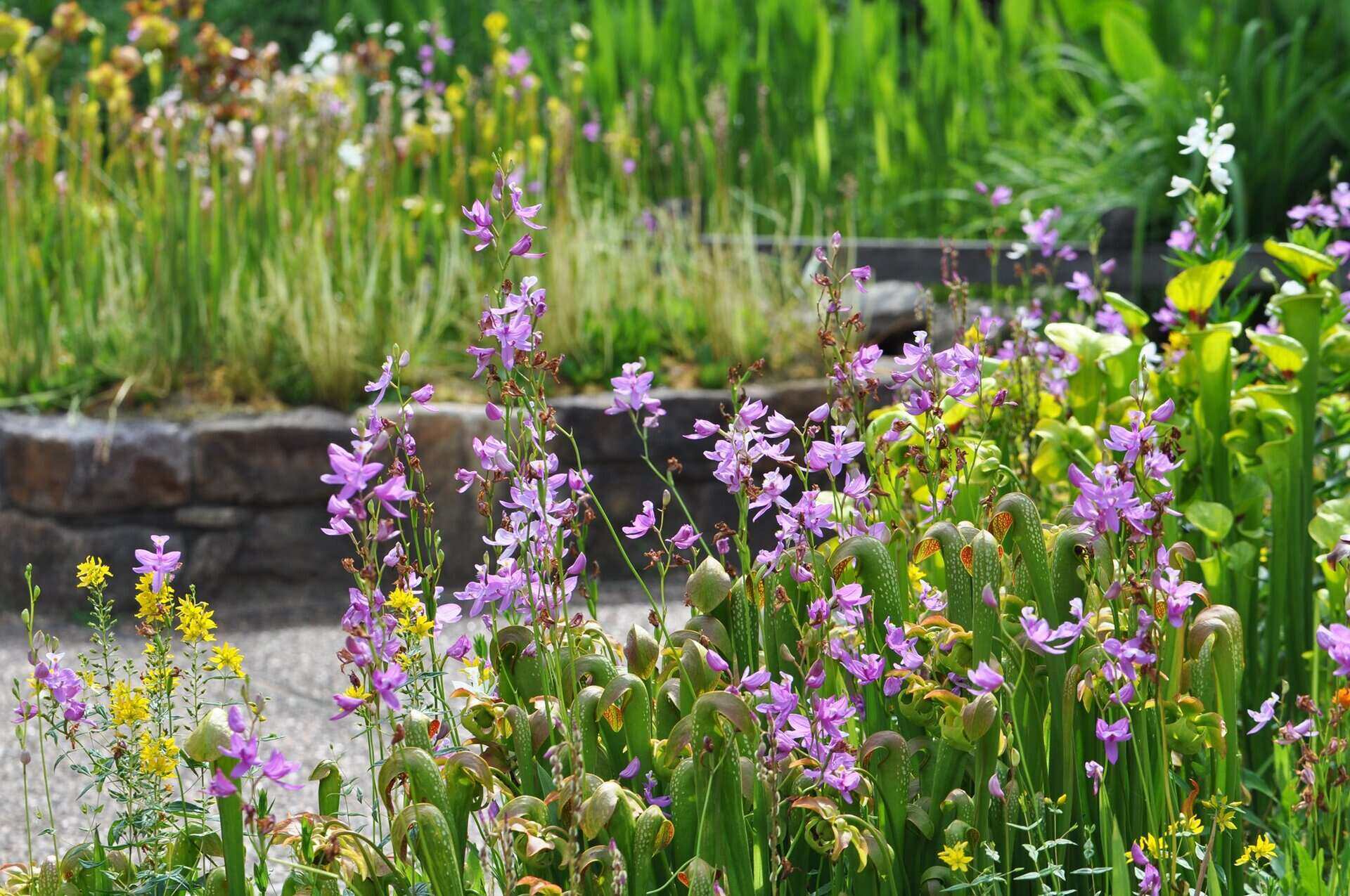
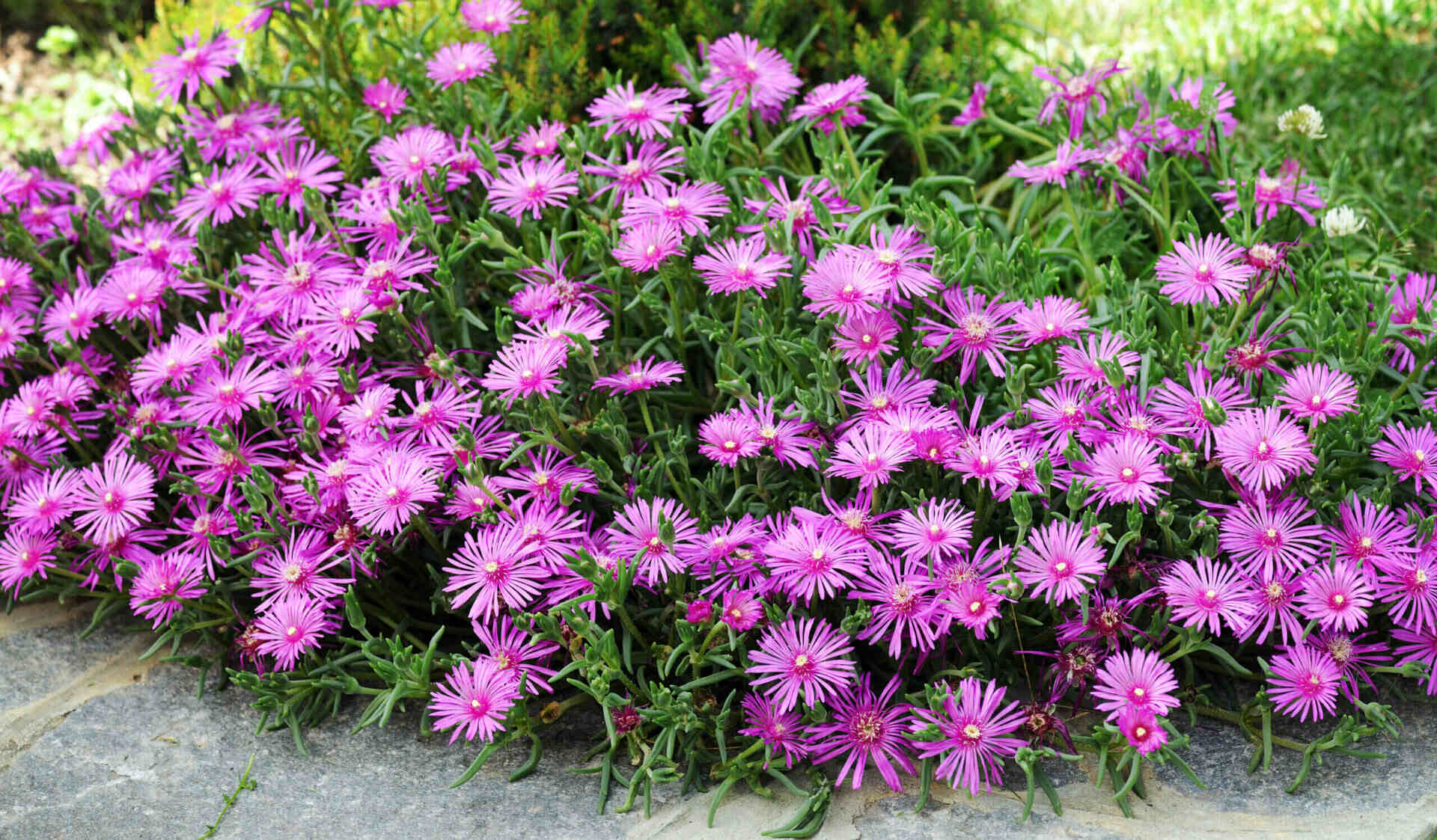
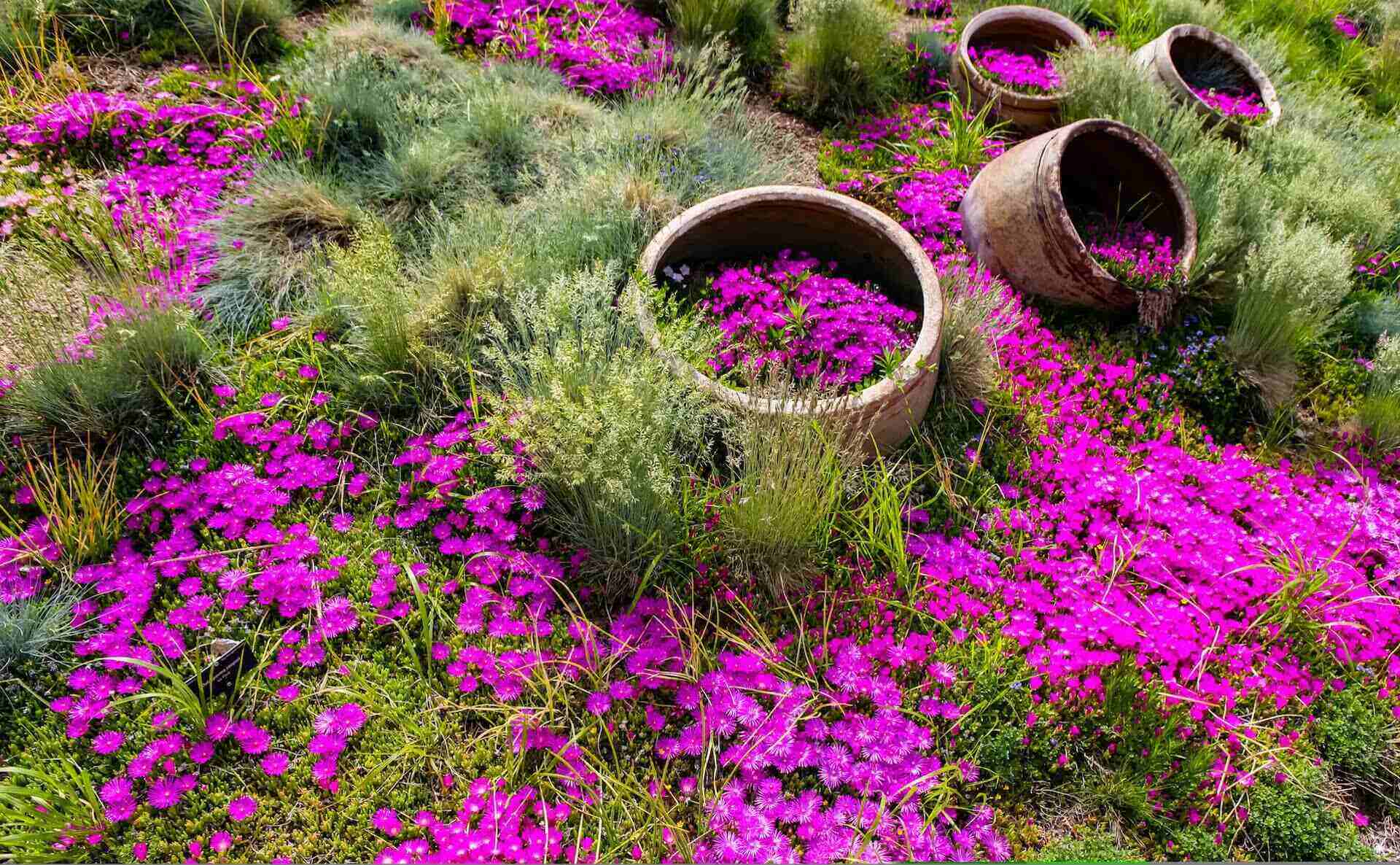

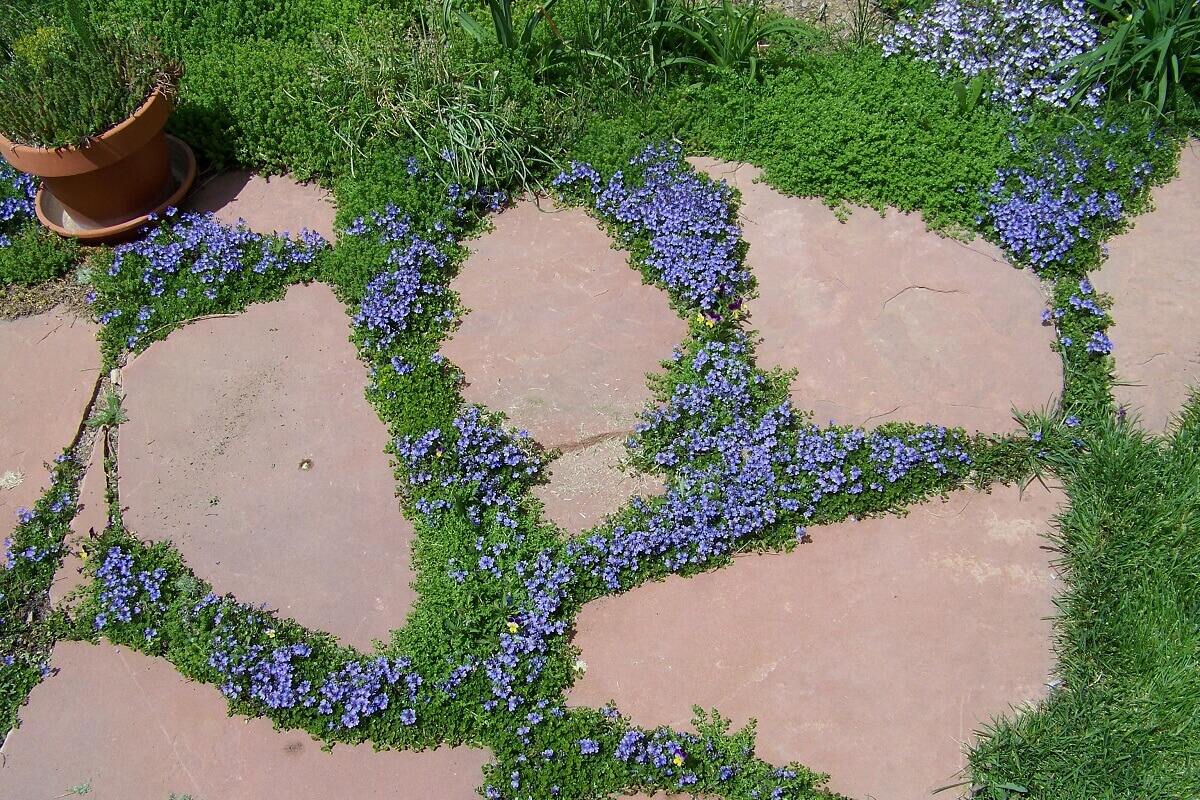
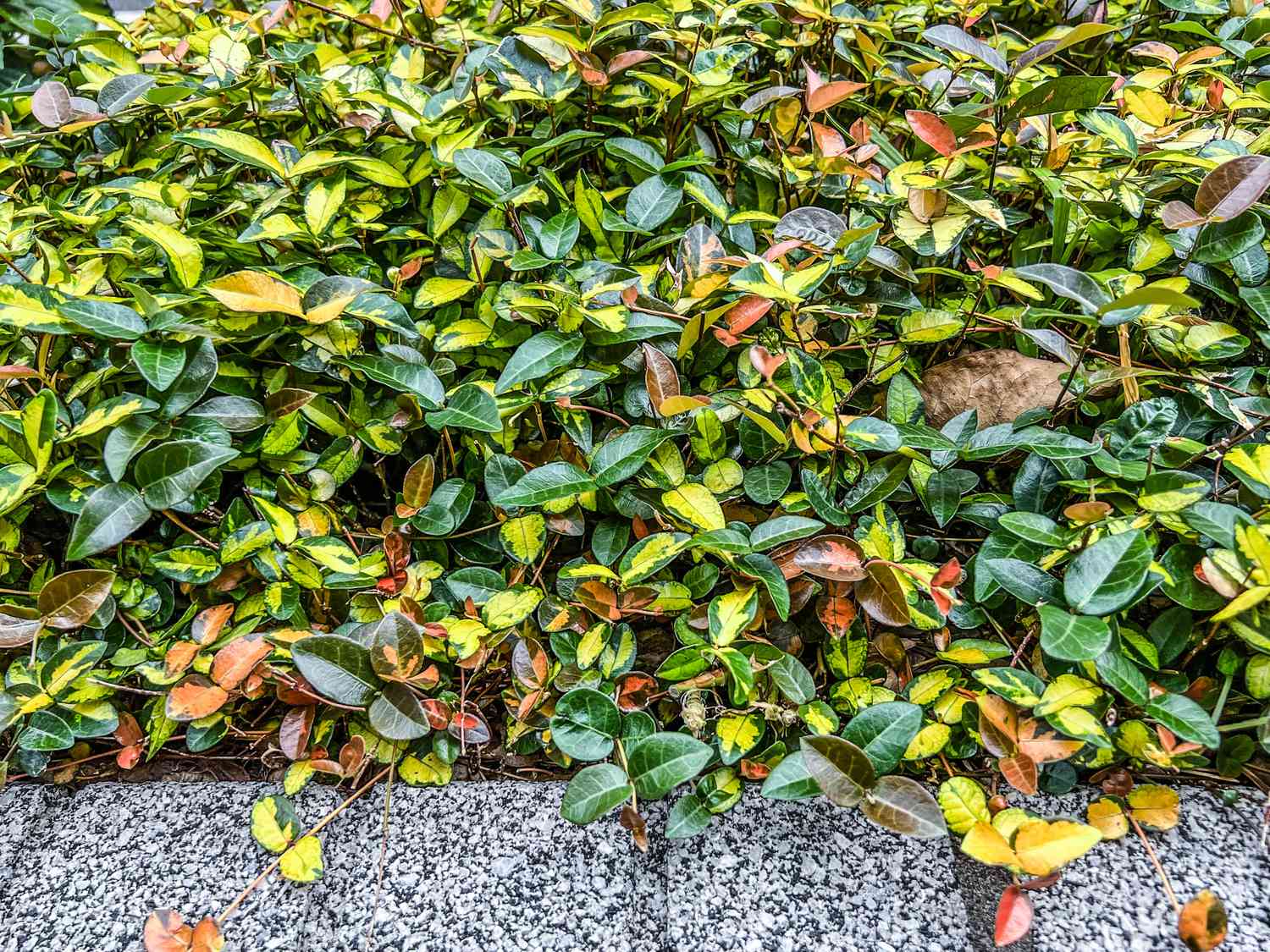
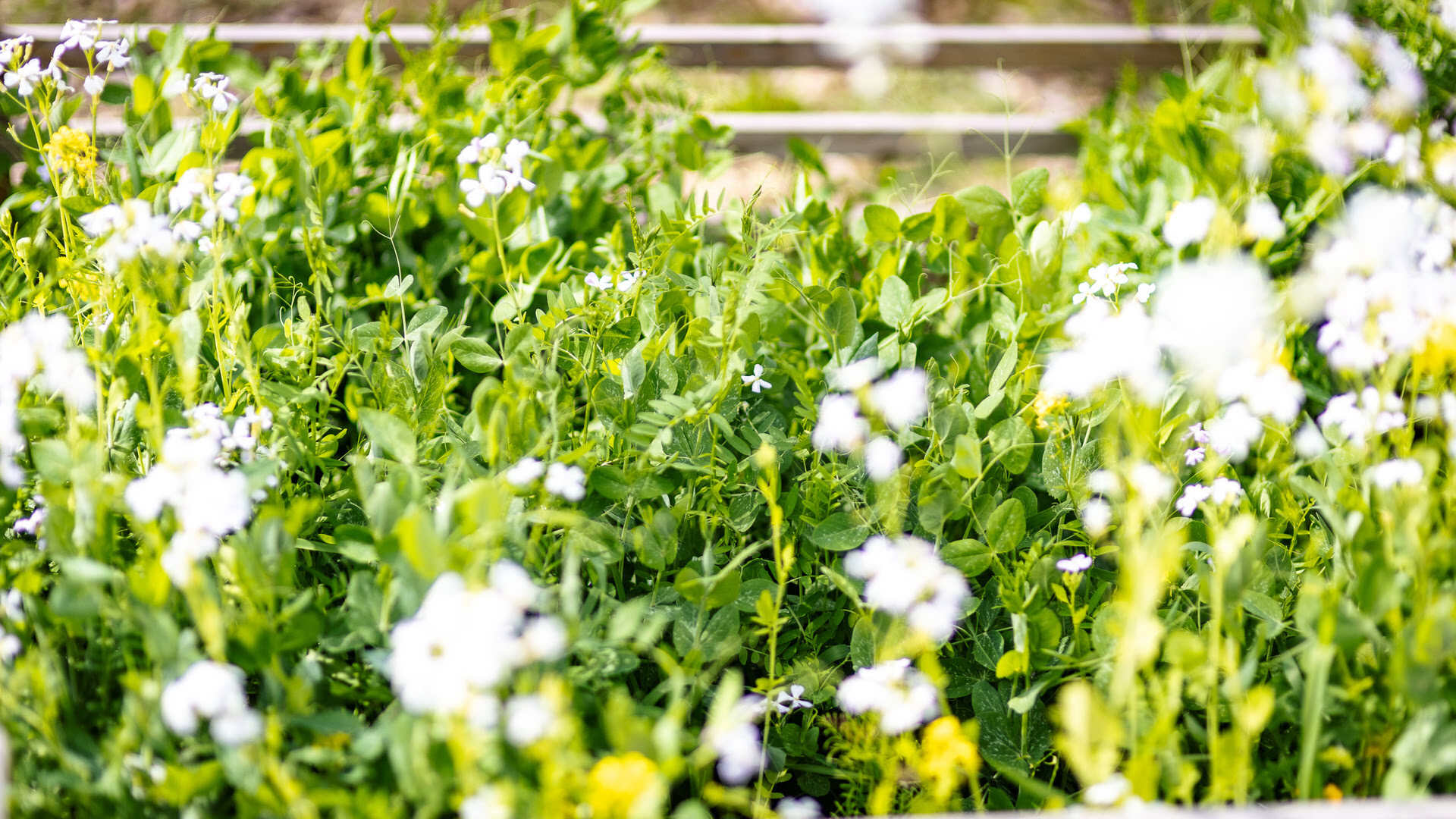

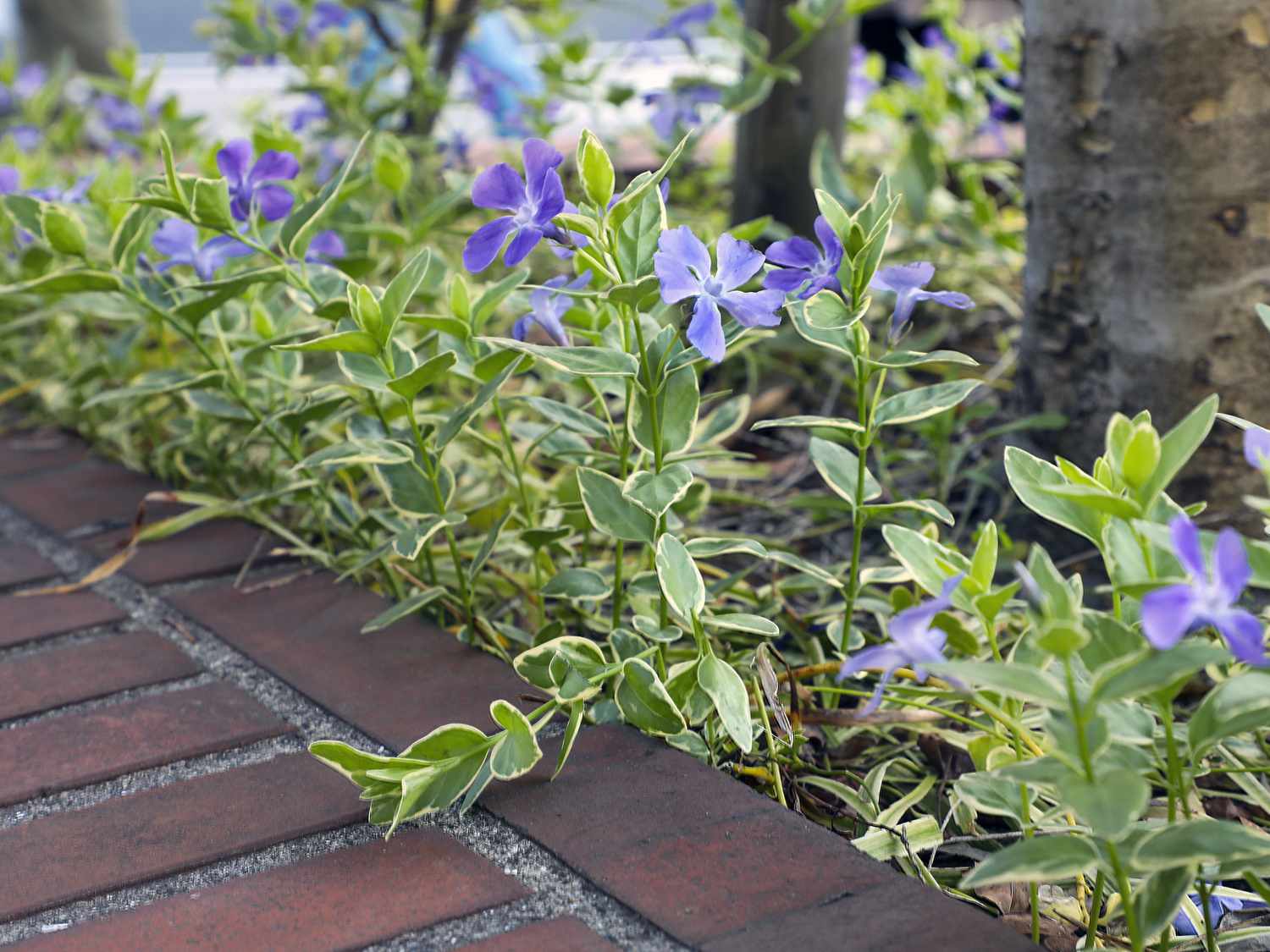

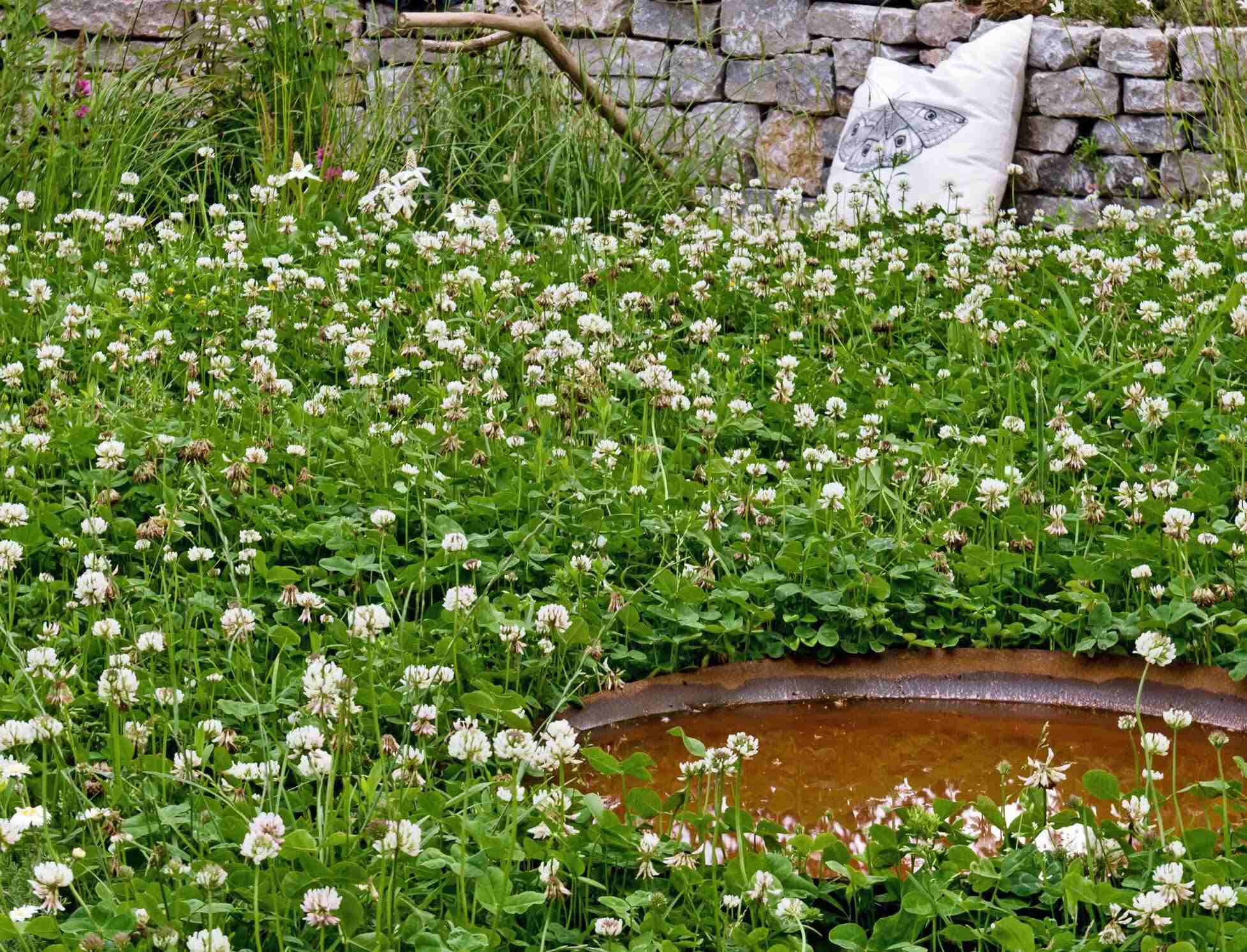

0 thoughts on “What Is The Best Ground Cover Under A Fruit Tree”